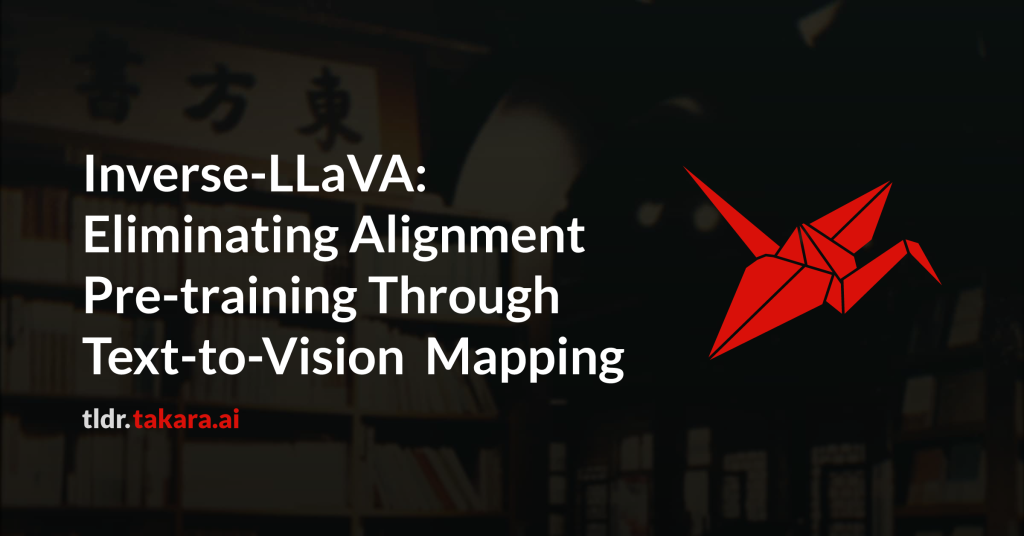Traditional multimodal learning approaches require expensive alignment
pre-training to bridge vision and language modalities, typically projecting
visual features into discrete text token spaces. We challenge both fundamental
assumptions underlying this paradigm by proposing Inverse-LLaVA, a novel
approach that eliminates alignment pre-training entirely while inverting the
conventional mapping direction. Rather than projecting visual features to text
space, our method maps text embeddings into continuous visual representation
space and performs fusion within transformer intermediate layers. Through
selective additive components in attention mechanisms, we enable dynamic
integration of visual and textual representations without requiring massive
image-text alignment datasets. Comprehensive experiments across nine multimodal
benchmarks demonstrate nuanced performance trade-offs: Inverse-LLaVA achieves
notable improvements on reasoning-intensive and cognitive tasks (MM-VET: +0.2%,
VizWiz: +1.8%, ScienceQA: +0.2%, cognitive reasoning: +27.2%), while showing
expected decreases in perception tasks requiring memorized visual-text
associations (celebrity recognition: -49.5%, OCR: -21.3%). These results
provide the first empirical evidence that alignment pre-training is not
necessary for effective multimodal learning, particularly for complex reasoning
tasks. Our work establishes the feasibility of a new paradigm that reduces
computational requirements by 45%, challenges conventional wisdom about
modality fusion, and opens new research directions for efficient multimodal
architectures that preserve modality-specific characteristics. Our project
website with code and additional resources is available at
https://inverse-llava.github.io.

